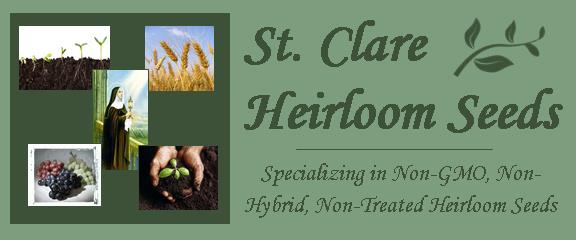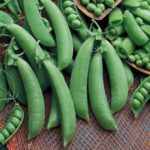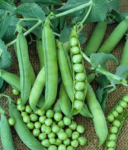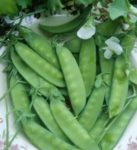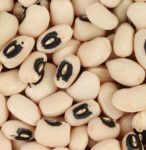Pea Seeds
Scroll down to see seeds for sale!
Originating in Middle Asia, peas are part of the Fabaceae legume family, and we know they date back at least 3,000, as archeologists found a pea in Thailand dating back that long ago. Peas spread to Rome, where at least 37 different varieties were developed, although peas were not very sweet tasting at first, until the Italians cultivated the tiny ‘new ‘pea, while an amateur gardener cultivated the world’s first sweet tasting pea in 18th century England. Some popular varieties today are snow peas, cowpeas, Snap peas and shelling peas. Snap and snow peas grow on a bushy vine, and the entire pod is eaten, while shelling peas and cowpeas look similar, but only the peas are consumed, as the pod is inedible.
The nutrients in peas vary with each kind; however, generally peas are loaded with vitamins A, B-Complex, C, K, thiamin, folate, magnesium, iron, phosphorus, fiber, lutein, and zeaxanthin, protein and potassium, although snap peas are higher in vitamins C, B and K than other varieties. Rich in antioxidants, peas help stabilize blood sugar and prevent diabetes, reduce heart disease and eye problems, lower risk of cancer, aid digestion and relieve ulcers..
Peas add a tasty and colorful touch to almost any meal, including shepherd’s pie, stew, soups, casseroles, smoothies or curries, or as a side dish served alone or with carrots or other vegetables. Steaming, instead of boiling will help peas retain nutrients. For a delicious hearty meal on a cold winter night, throw in a ham bone with split peas, onions and carrots and let simmer for a few hours.
A cool weather plant, place your St. Clare Heirloom pea seeds in the ground early in the spring, but be sure to check the individual instructions since there are so many varieties of peas.
